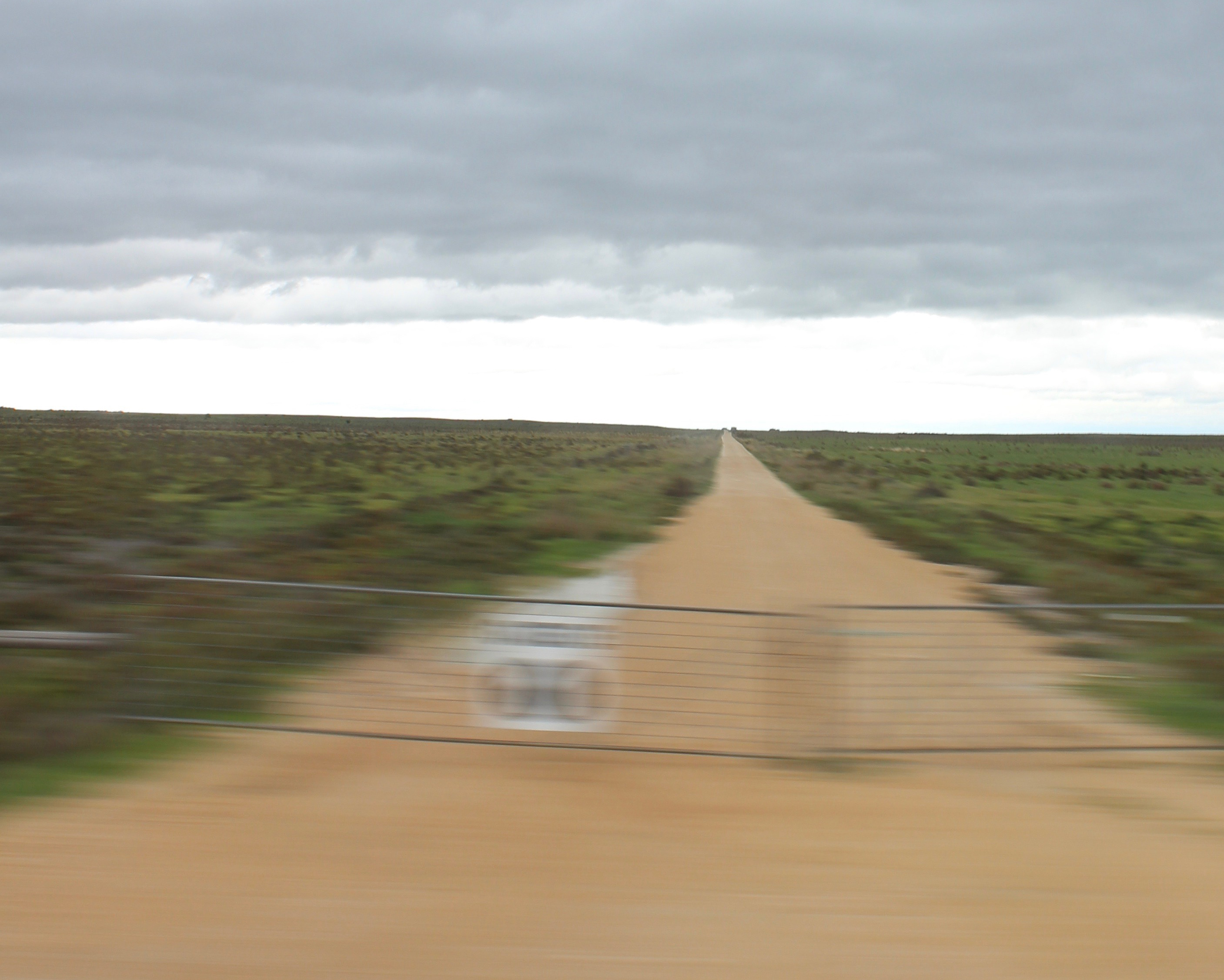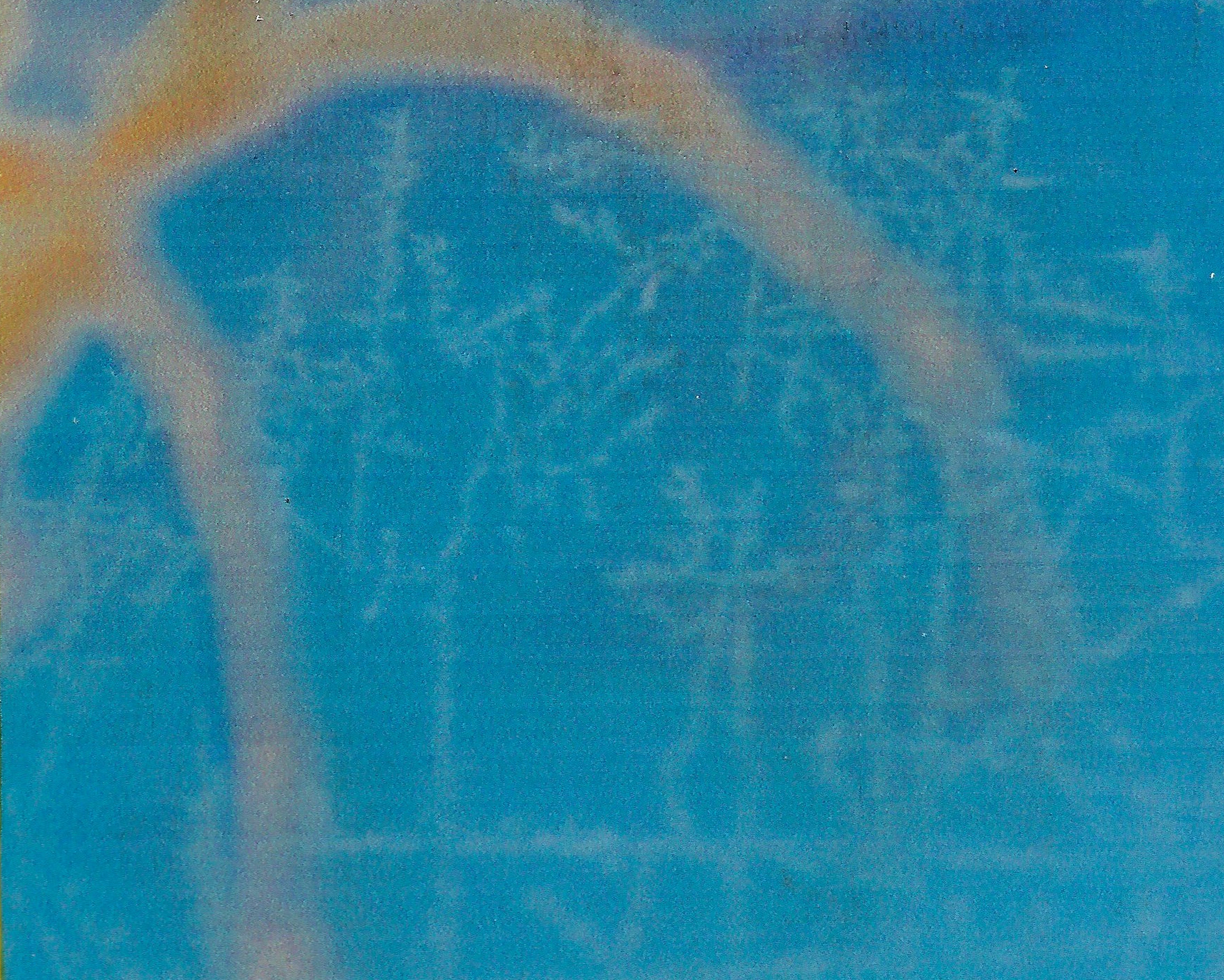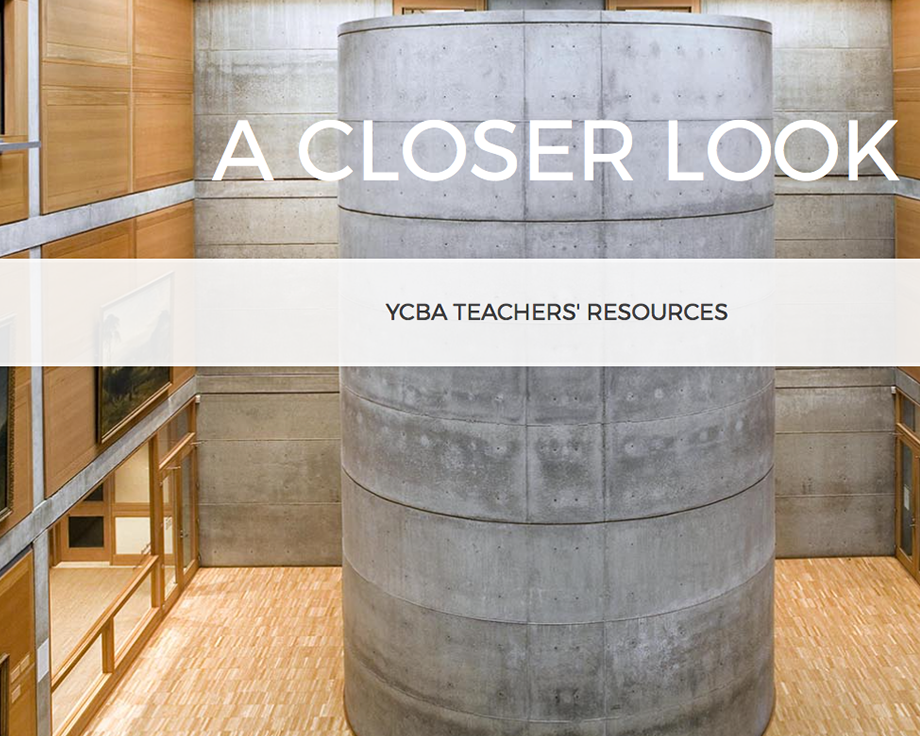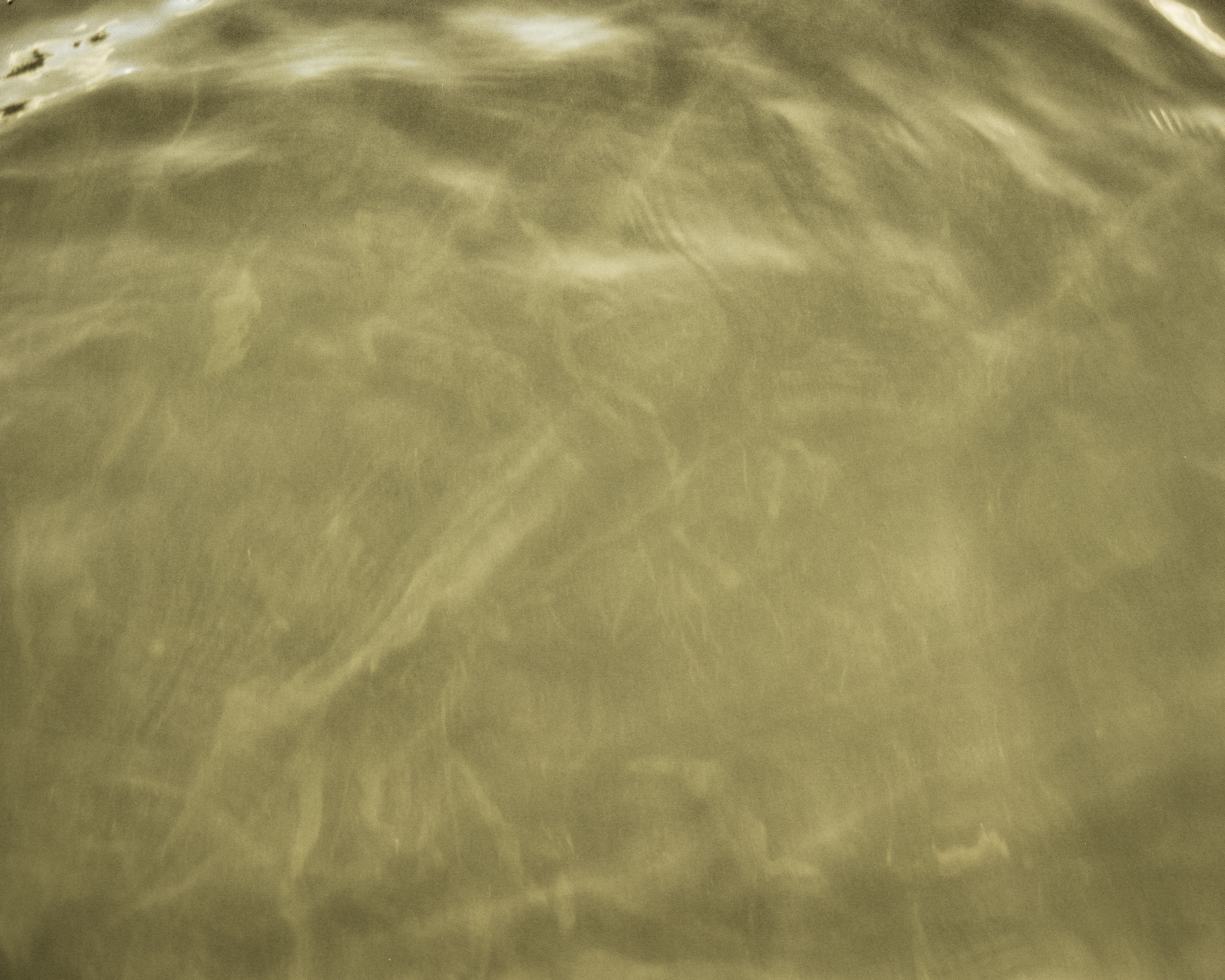21st Century Studies: Media and the Critical Eye
Over ten years ago under the supervision of Kerry Meehan (Language Arts Supervisor, West Hartford Public Schools), Scott Ferguson and I developed a media studies course for high school students. We began the course before students had smart phones and we called the class, 21st Century Studies: Media and the Critical Eye. Five years ago we were able to offer university credit for the course through the University of Connecticut’s Early College Experience program. Due to the heavy volume of critical viewing, reading, and writing, the course demonstrated the criteria for Department of English’s 1010 Freshman Writing class. Working closely with Tom Reicko and Jason Courtmanche, we developed a series of critical writing assignments rooted in academic inquiry. Since we focused upon Print, Television, Film, and Digital Media students not only wrote critical essays, but also created digital media and arguments, and used up-to-date critical platforms with a range of software and devices.
21st Century Studies: Media and the Critical Eye -- Student Work
Having worked daily for over ten years with media in the classroom, I have discovered that using student’s visual strengths to foster critical and creative growth is now needed more than ever. Through the window of multimodal discourse we can build together stronger readers and writers.
9th Grade: The Journey
Realizing smart phones were to dominate the cultural space of students, I requested many years ago to teach our standard level 9th grade class. I wanted to see the effect these devices might have on students as readers and writers. Having attended The Yale Center for British Art’s Summer Institute for Teachers (Expanding Literacies, Extending Classrooms) I learned that I could incorporate a range of visual literacy practices in order to explore the process of language growth. That first year we took three field trips to the museum for workshops and seminars. Additionally, all students had a working journal for assignments, drawing and writing activities. We used these journals daily to foster creative and critical language growth. I taught two sections that year and encouraged students to take one of our advance classes. Four years later, thirty three percent of these students did!
9th Grade Journal Work
Room Design
Another feature to these classes was the design of the room. Along with several other staff from the IT department, we designed rooms that allowed all students to see and hear whatever media we used. Far too often, room design is limited to small screens and speakers. We did not over spend, rather we thought through a more productive way to use the existing equipment and space we had. More than once, I have been in rooms where the equipment is more expensive but less effective. A room design where every student can see and hear in any seat in the room expands the learning process for all learners. A blank wall is always an opportunity.
Working with Pre-service teachers: University of Connecticut, Department of English
I began teaching the Advance Composition for Prospective Teachers at the University of Connecticut in 2013. The course is designed with Jason Courtmanche, Director of Connecticut Writing Project. Due to heavy enrollment, the program needed another section. The course framework explores methods and practices of teaching writing to K-12. The course is required for Secondary Education English teachers. We read widely, work on various aspects of the writing process, and create both linguistic and mutlimodal texts. I typically assign the following texts, A Rhetoric for Writing Teachers by Erika Lindemann (Oxford: 2001); six nonlectures by e e cummings (Harvard: 1953, 1981); and Sherry Turkle’s Alone Together (Basic Books: 2011). Each of these texts offer a way of thinking and seeing the writer, the audience, and the current cultural situation of reading and writing. Along with these texts, we read dozens of articles related to the subjects we investigate.
As the classroom space changes, so too our personal space morphs: How often do we read and write without interruption? Typically writing and reading occur inside and outside the classroom. So, how should we teach writing and reading in these spaces? The conversation here is full, lively, and engaging.
Working with the next generation of teachers charges my own work with students, but also keeps me in the larger cultural and academic conversation. Typically when I teach the course, I am with 9th and 12th grades during the day and in the evening juniors and seniors at UCONN. At the beginning of the course we investigate our past experience with writing as well as past assignments, teaching methods, and topics: which ones worked, which ones dulled the senses, which ones caused language growth, which ones do you remember. Doing this for the past five years, I've gained so much perspective. The students teach me how the methods worked (or didn't) in practice. We then turn and look to the future: how might we build a generative theory of composition that can handle various modes of communication experience and practice? How might we teach reading and writing to a group of students who won't (for the most part) become English majors like us?
The preparation for and the experience of teaching this range of students keeps me grounded in practical applications as well as keeps me abreast in new theoretical developments in the fields of composition, media, and visual studies. I am deeply thankful for the opportunity to work with pre-service teachers and look forward to the class each Spring semester.
Readings
Of Green Leaf, Bird, and Flower: Artists’ Books and the Natural World, edited by Elisabeth R. Fairman (Yale: 2014)
slide:ology by Nancy Durate (O’Reilly: 2008)
How to Make Books by Esther K. Smith (Potter Craft: 2007).
Beautiful Evidence by Edward Tuffe (Graphic Press: 2006).
Ways of Reading by David Bartholomea and Anthony Petrosky (Bedford/St. Martin: 2002, 6th edition).
Joseph Had an Overcoat by Simms Taback (Scholastic: 1999)
The Courage To Teach by Parker Palmer (Johh Wiley and Sons: 1997, 2007)
Three Steps on the Ladder of Writing by Helen Cixous (Columbia: 1993)
The Nonconformist Memorial by Susan Howe (New Directions: 1993)
Understanding Comics by Scott McCloud (William Morrow: 1993)
The Evolution of Useful Things by Henry Petroski (Knopf: 1992)
My Life by Lynn Hejinian (Sun and Moon: 1987)
Prophetic Fragments by Cornel West (Eerdmans: 1988)
A Humument: A Treated Victoria Novel by Tom Philips (Thames and Hudson: 1987, First Revised Edition).
The Mechanism of Meaning by Arakawa and Madeline H. Gins (Abrams: 1979)
The Veil by Charles Bernstein (Madison, WI: Xexoxial Editions, 1976, 1987)
Ways of Seeing by John Berger (BBC and Penguin, 1972, 1979)



